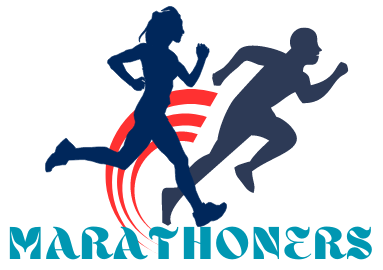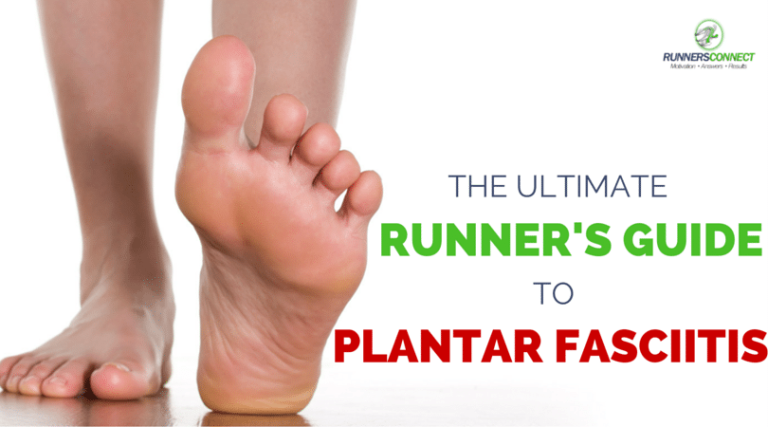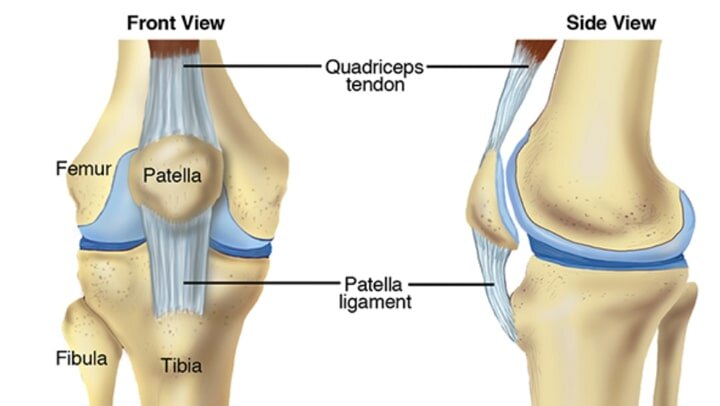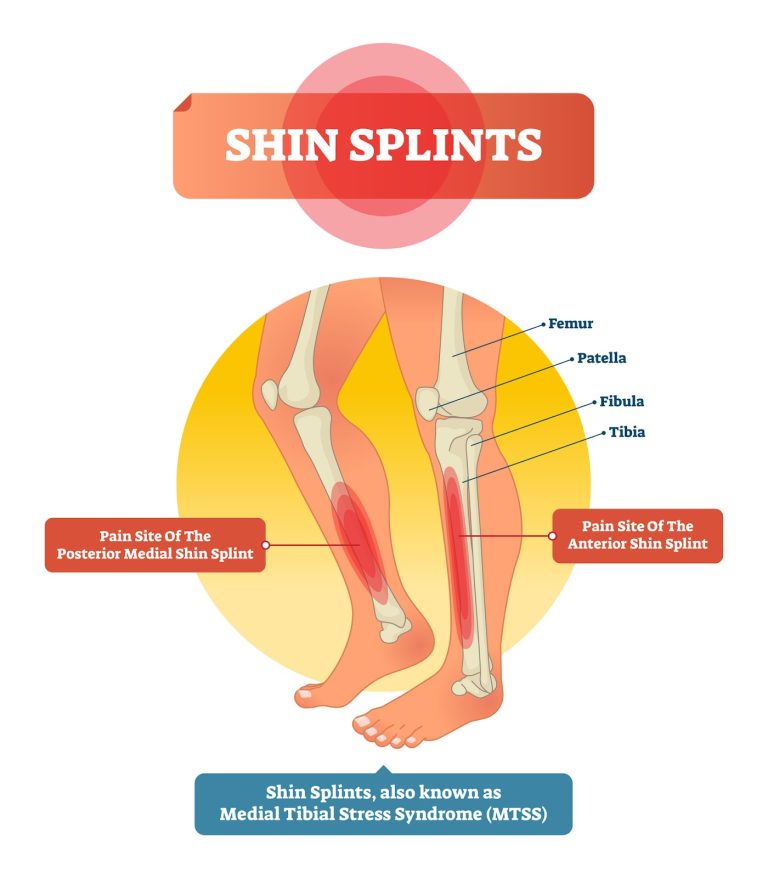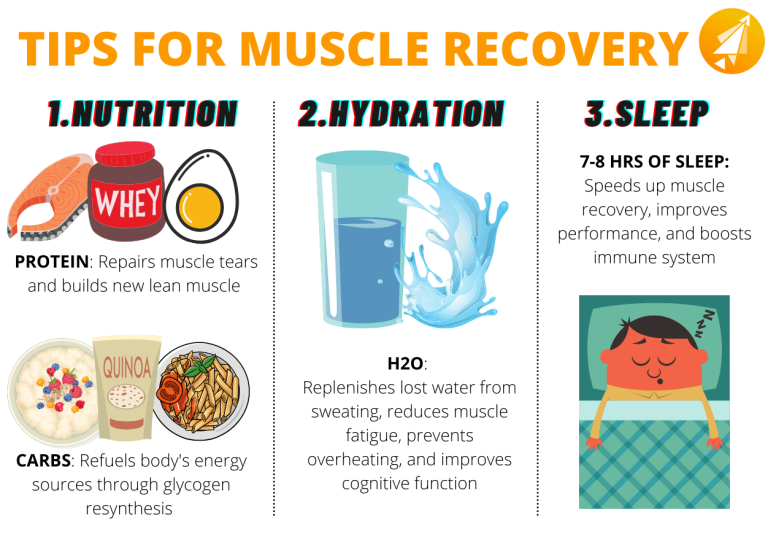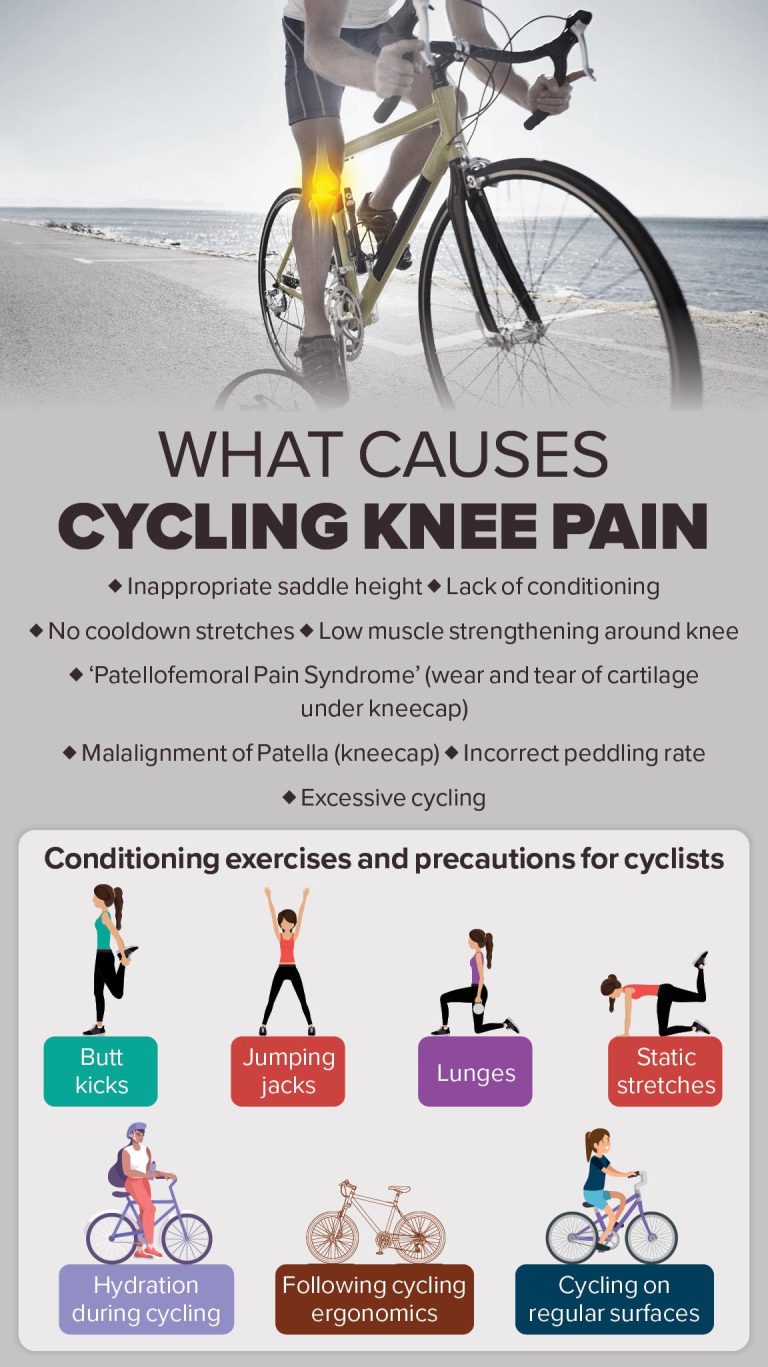All About Overpronation Runners Need to Know
Overpronation is a common issue among runners, but many don’t fully understand what it is or how it affects their running performance. Simply put, overpronation occurs when your foot rolls inward too much as it strikes the ground, disrupting your natural stride. While this might seem like a minor concern, it can lead to discomfort, inefficiency, and even injury if not addressed. Whether you’re an experienced runner or just getting started, understanding overpronation and how to manage it is crucial for keeping your body in balance and your runs pain-free.
In this blog post, we’ll dive deep into the mechanics of overpronation, how to identify it, and most importantly, how to fix it. From recognizing the signs in your gait to finding the right shoes and exercises, we’ve got everything you need to know to run safely and efficiently. Let’s explore how overpronation impacts your running—and how you can take control to improve your performance and prevent injury.
Overpronation
Pronation is a natural motion that occurs when your foot strikes the ground. The way your foot distributes the impact varies from runner to runner. For some individuals, the foot rolls inward excessively during each stride, which is known as overpronation.
Foot Mechanics and Overpronation
In an overpronated stride, the outer edge of the heel touches the ground first, followed by the inward roll of the foot toward the arch. This movement leads to the foot excessively flattening. Overpronators tend to have more inward rotation than what is ideal.
Supination vs. Neutral
Conversely, supinators (underpronators) land on the outer edge of the heel without inward rolling. This keeps the pressure on the outside of the foot. Neutral runners, however, experience minimal rolling of the foot in either direction and achieve a balanced landing.
Is Overpronation Really a Problem?
While overpronation is commonly considered excessive, experts like Goom suggest that this term can be misleading. Instead of focusing on whether you overpronate, it’s more important to assess whether this movement affects your running performance and comfort.
The Impact of Overpronation
Overpronation often doesn’t cause immediate issues unless there is accompanying pain or injury. According to Goom, overpronation is something that’s hard to self-diagnose without the proper assessment. If you experience recurring issues, consulting a healthcare professional or specialist is advised.
How to Identify Overpronation?
Overpronation can often go unnoticed unless it leads to discomfort or injury. One of the most obvious signs of overpronation is the wear pattern on your running shoes. If the inside edges of your shoes (near the big toe, arch, and heel) show more wear than the outer edges, it’s a strong indication that you are overpronating. This suggests that your foot is rolling inward more than it should with each stride. Here’s how to spot it:
Wear Patterns on Running Shoes
A quick way to identify overpronation is by examining the wear patterns on your running shoes. If you notice that the inner side of the heel, the arch area, and the ball of the foot show significant wear, it’s likely you’re overpronating.
Self-Assessment Methods
While overpronation is difficult to self-diagnose accurately, you can start by examining how your feet land when you run. If you notice that your feet tend to flatten and roll inward as you move, this is a key indicator. You can also check your foot arch. If your arch is flat or low, it may contribute to overpronation.
Get a Gait Analysis
For a more precise diagnosis, consider visiting a running store or health center that offers a gait analysis. During this test, you’ll run on a treadmill while your stride is recorded on video. Experts will analyze the footage to determine how much inward rolling your foot exhibits during each stride. This is the most accurate way to identify overpronation.
Consult a Professional
If you experience pain or discomfort during or after running, it’s best to seek advice from a healthcare professional or running expert. They can help assess your form, recommend the right footwear, and guide you on ways to manage any issues related to overpronation.
Should Runners Worry About Overpronation?
Despite the debate and confusion surrounding pronation, it’s important to understand that overpronation is a normal part of running mechanics for most people.
- Pronation as a Normal Motion
Goom emphasizes that pronation is a natural movement and a key part of absorbing the forces of running. “Most runners land slightly supinated before transitioning into pronation,” he notes, which helps bring the foot flat to the ground and absorbs the impact. - Overpronation: Not a Cause for Alarm
For the vast majority of runners, overpronation is not something to be concerned about. It’s simply another variation of how people move during running, much like other natural movements that aren’t scrutinized to the same degree. - Pronation in Context
Rather than fearing overpronation, it’s more important to focus on overall running mechanics and listen to your body. As long as you’re running pain-free and performing well, there’s no reason to be overly concerned with your pronation type.
Is Overpronation Linked with Injury?
Overpronation is often blamed for various running injuries, but research suggests that it may not be the direct cause of many common problems.
- Research Findings on Pronation and Injury
A study published in the British Journal of Sports Medicine tracked 1,000 runners over the course of a year. The study found no clear link between overpronation and a higher risk of injury. In fact, overpronators were found to be slightly less likely to sustain injuries compared to runners with neutral pronation or supination. - Injuries Potentially Linked to Overpronation
Though overpronation is not generally a significant injury risk, excessive pronation may contribute to certain conditions. Goom explains that it may be associated with shin splints (medial tibial stress syndrome) or patellofemoral pain, though these injuries are typically caused by multiple factors, not just overpronation alone. - Stride Width and Pronation
Some studies also suggest that overpronation might be more prominent in runners with a narrow stride. If you run with a particularly narrow stride, it could lead to increased inward foot rolling.
How Can Runners Manage Overpronation?
Although overpronation is a normal foot movement, if it causes discomfort or injury, there are ways to manage it effectively.
- Orthotics and Motion-Control Shoes
If overpronation is causing excessive stress on certain foot structures, motion-control shoes or orthotic insoles can help provide additional support and redistribute the load. These options can help reduce the strain on your feet and lower legs, particularly during long runs or when you’re recovering from injury. - Choosing the Right Shoes
One of the first steps to managing overpronation is selecting the right running shoes. Look for shoes designed specifically for overpronation, as they typically offer additional stability and cushioning to help support the inner roll of your foot. - Seek Professional Advice
If you’re still concerned about overpronation or it’s causing discomfort, it’s best to consult a running specialist or healthcare professional. They can offer tailored advice on shoe selection, running form, and other measures to ensure your running experience remains pain-free.
Are flat feet pronation or supination?
Flat feet are typically associated with overpronation rather than supination.
What is Overpronation?
Overpronation occurs when the foot rolls inward excessively upon landing, causing the arch to flatten more than it should. People with flat feet have little to no arch to begin with, making them more prone to excessive inward rolling of the foot. This can lead to the feet flattening even further during walking or running, which is characteristic of overpronation.
How Flat Feet Relate to Overpronation
In individuals with flat feet:
- The foot structure does not provide the typical support or curve of a natural arch.
- When the foot strikes the ground, the arch collapses, leading to overpronation.
- This excessive inward rolling can place strain on the ligaments, tendons, and muscles of the feet and lower limbs, potentially leading to discomfort and injury.
Supination (Underpronation)
On the other hand, supination (or underpronation) occurs when the foot rolls outward instead of inward. This is the opposite of overpronation and is less common. People who supinate typically have high arches, and their foot strikes the ground on the outer edge, rather than rolling inward. As a result, supinators tend to have a smaller range of motion in the foot, which can lead to different types of injuries.
In summary, flat feet are associated with overpronation, not supination. If you have flat feet and experience discomfort or pain while running, it’s important to address the overpronation through the right shoes, exercises, and possibly orthotics.
By understanding overpronation and its impact on your body, you can take informed steps to manage it effectively. Whether it’s choosing the right shoes, seeking professional guidance, or making small adjustments to your running form, the goal is to keep your body comfortable and injury-free while enjoying the sport.
